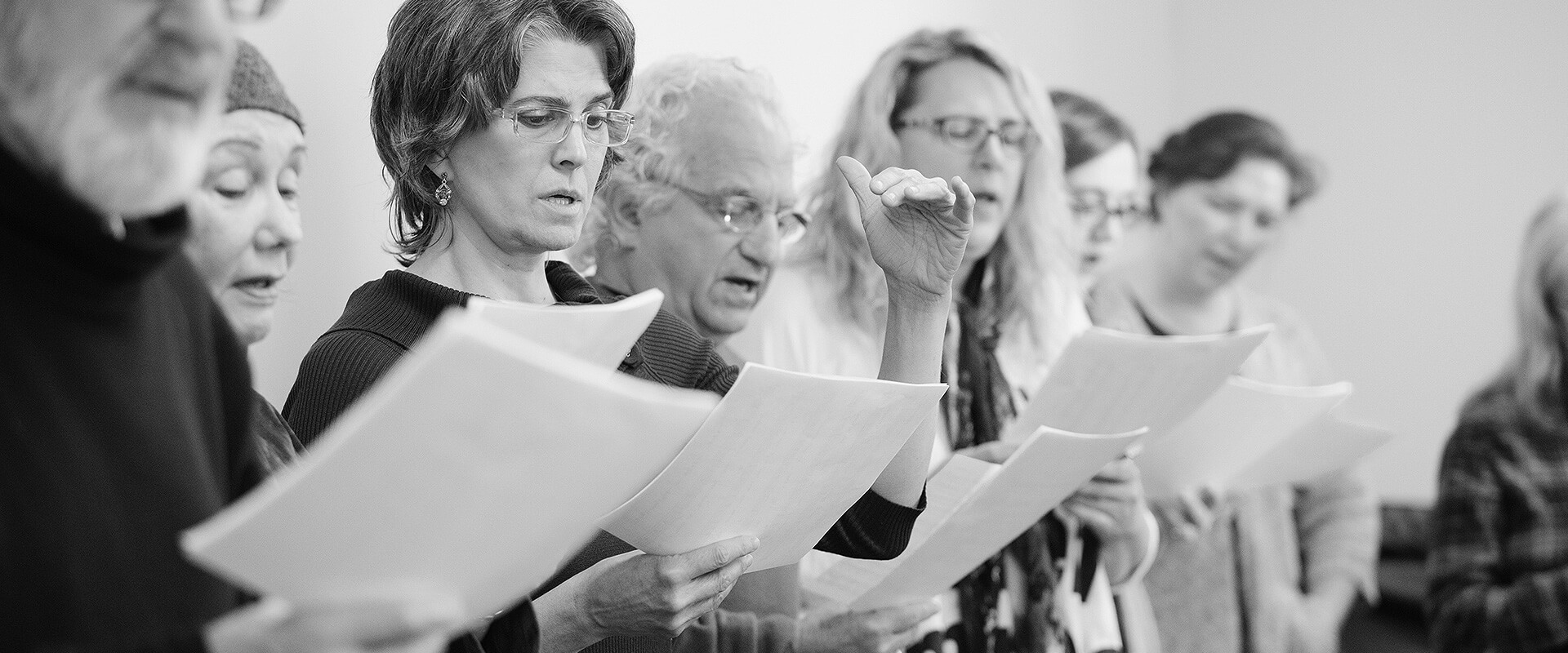The Pharynx
The thyroid cartilage is open at the back which leaves a space above the cords known as the pharynx. The pharynx starts at the level of the vocal cords (found slightly below and behind the Adam’s Apple) and rises all the way up the back of the throat to the level of the nose (or nasopharynx) where it joins the nasal cavity; this is the most important resonating chamber of the voice because of its proximity to the cords and its height (see Resonance).
This resonating chamber, also sometimes referred to as ‘the column’ by some teachers, is made of soft tissue. This is an important indicator which should make you pay careful attention. Why? Soft tissue can be ‘manipulated’ or ‘accessed’ to increase your vocal projection; it’s a matter of proper alignment of the pharynx which is achieved by strengthening some muscles and relaxing others. I do not advocate ‘creating space’ in order for your voice to resonate (which is usually just a manipulation of the soft palate by yawning, giving a cheap imitation of good classical technique or sound); rather, I advocate lining up your space (pharynx) so that it resonates more beautifully in and of itself (see Alignment).
To understand why this is so, your pharynx is naturally inclined or slightly curved in everyday posture. A curved or inclined pipe or tube will not resonate as well as a straight, vertical one; its a basic principle of acoustics. Lining it up allows it to resonate better. Your singing voice will then sound more natural and it will be closer in quality to your speaking voice. This alignment also permits the larynx more freedom of movement where notes won’t grab in your throat. This is the basis of ‘alignment’ in singing. An important point, which must be understood and studied in order to be mastered.
For more information or to book a private lesson, please go to the contact page.
-
Half-Head Model - Pharynx
 Montreal Voice Coach
Montreal Voice Coach